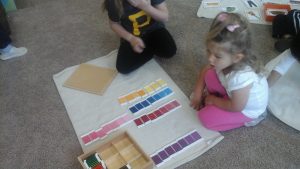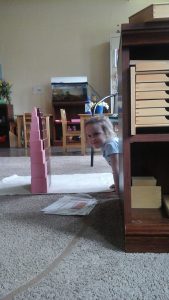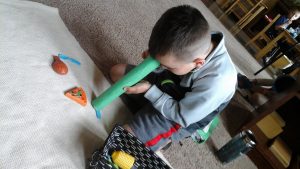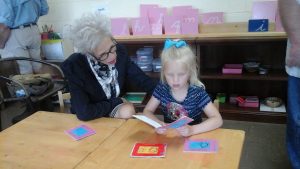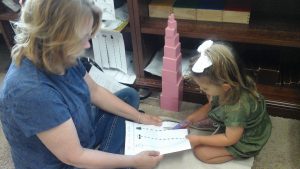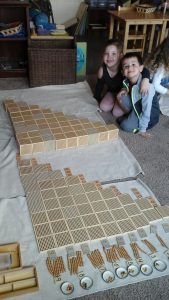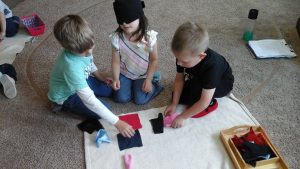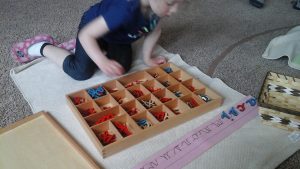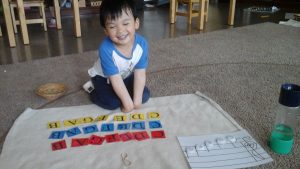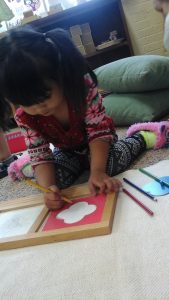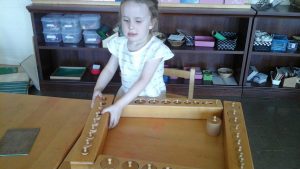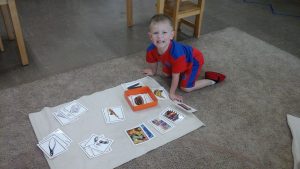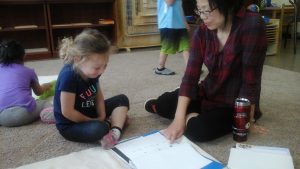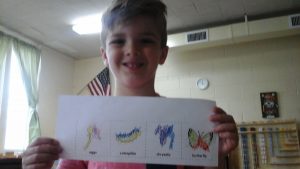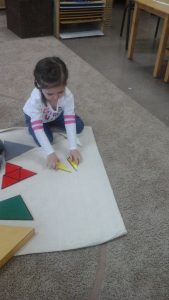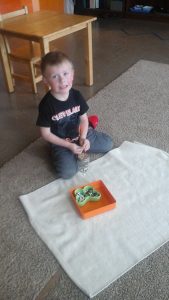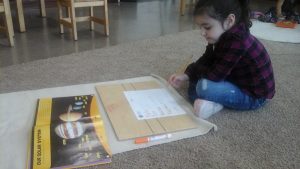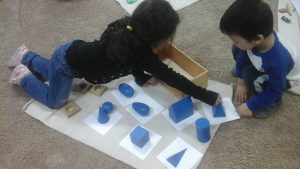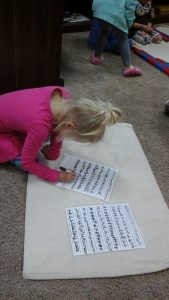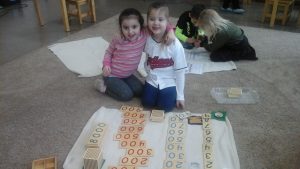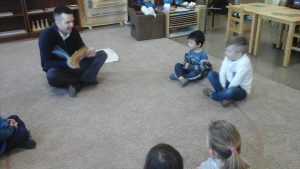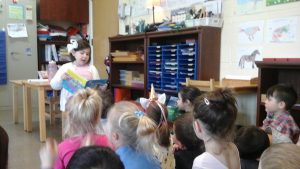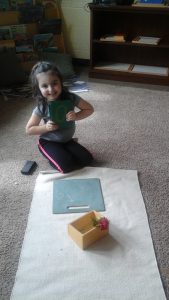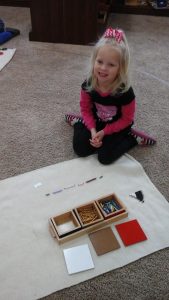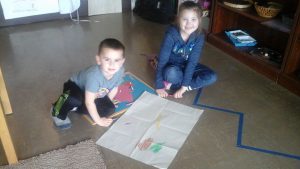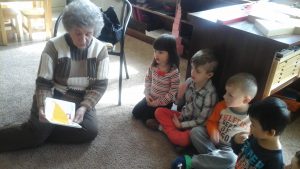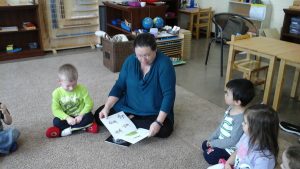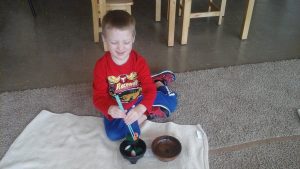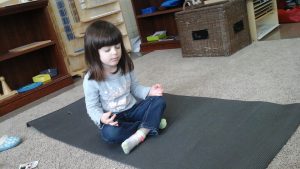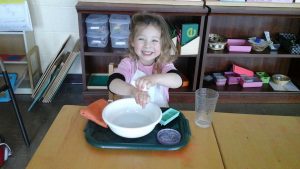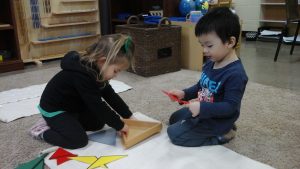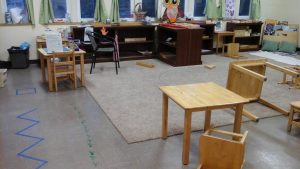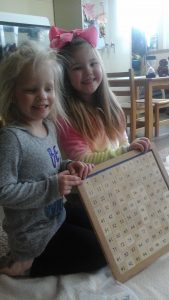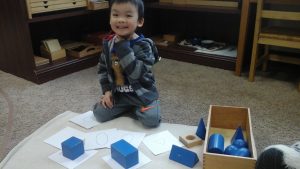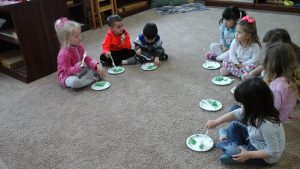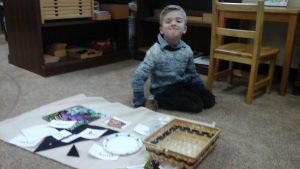This last week and a half has flown by! First we learned all about Reptiles and Amphbians! We learned that reptiles are cold blooded and that most lay eggs. We also learned that most reptiles leave their babies alone, except for the crocodile We also learned that amphibians are also cold blooded and have smooth, moist skin! We also had fun identifying all the types of animals we have learned about at the Akron Zoo on our field trip!
We also talked about Summer Safety during the final few days of school. We learned that 911 is the number to call in an emergency. We also talked about strangers and about the safe adults we can trust. We also talked about making sure we always wear helmets when skating, riding our scooters, or riding our bikes outside.
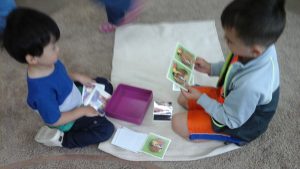
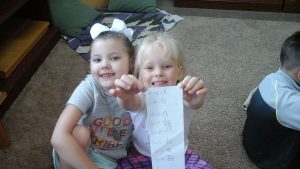
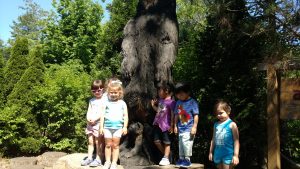
It has been a wonderful school year! I consider it an honor and a privilage to teach your children! As Maria Montessori said, “If help and salvation are to come, they can only come from the children, for the children are the makers of men.” Your children are truly a ray of hope and sunshine in my life!
Have a wonderful and safe Summer and we’ll see you in August!

